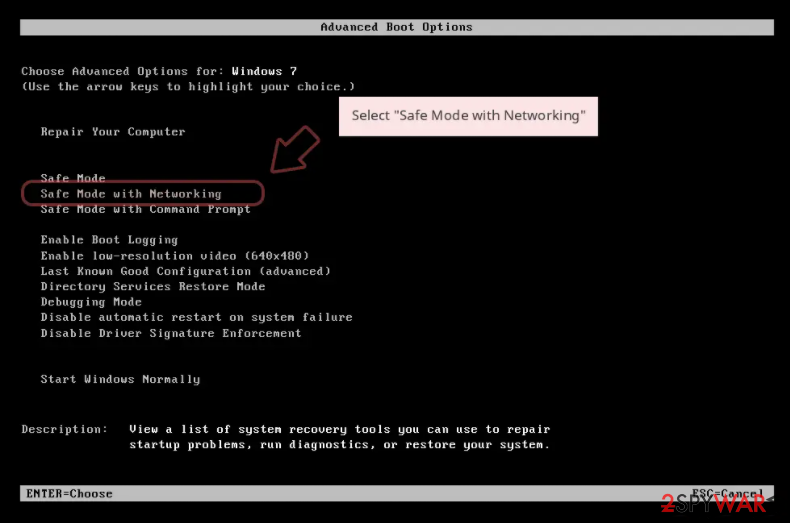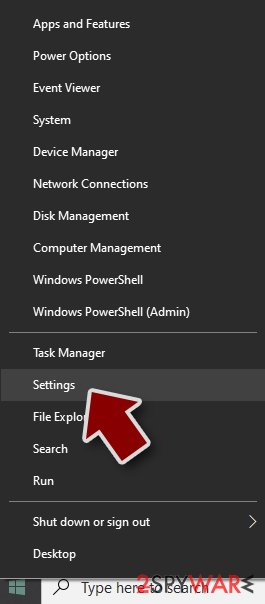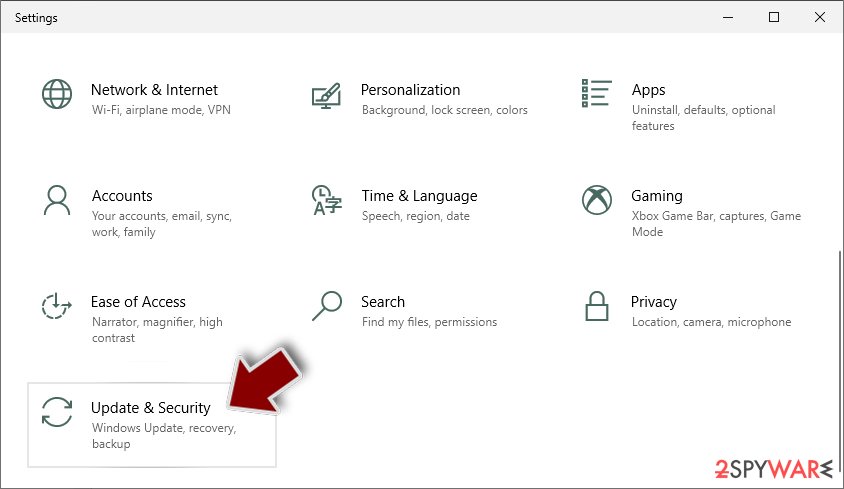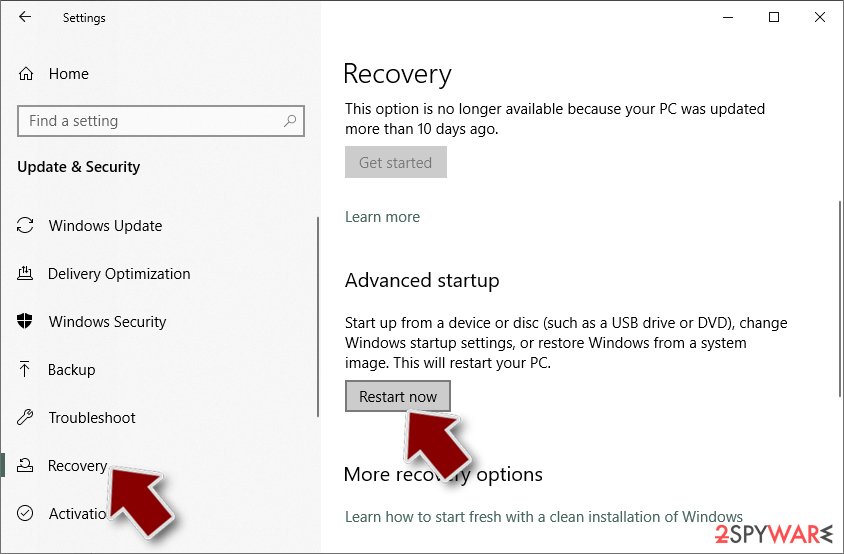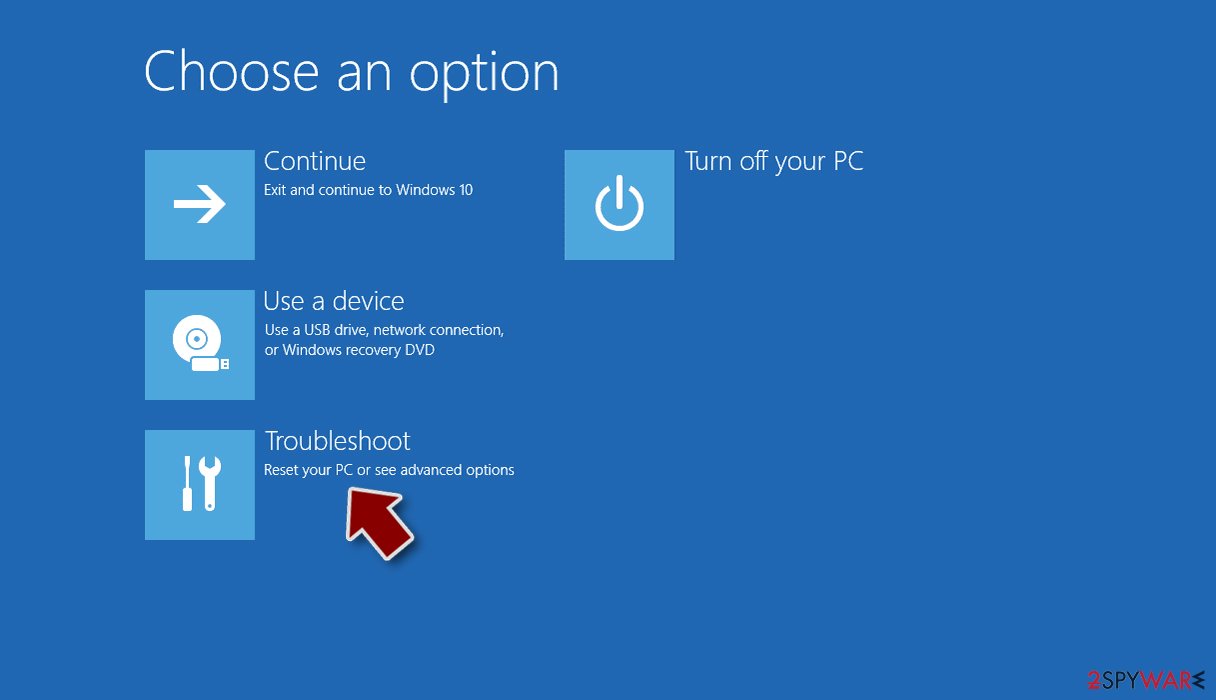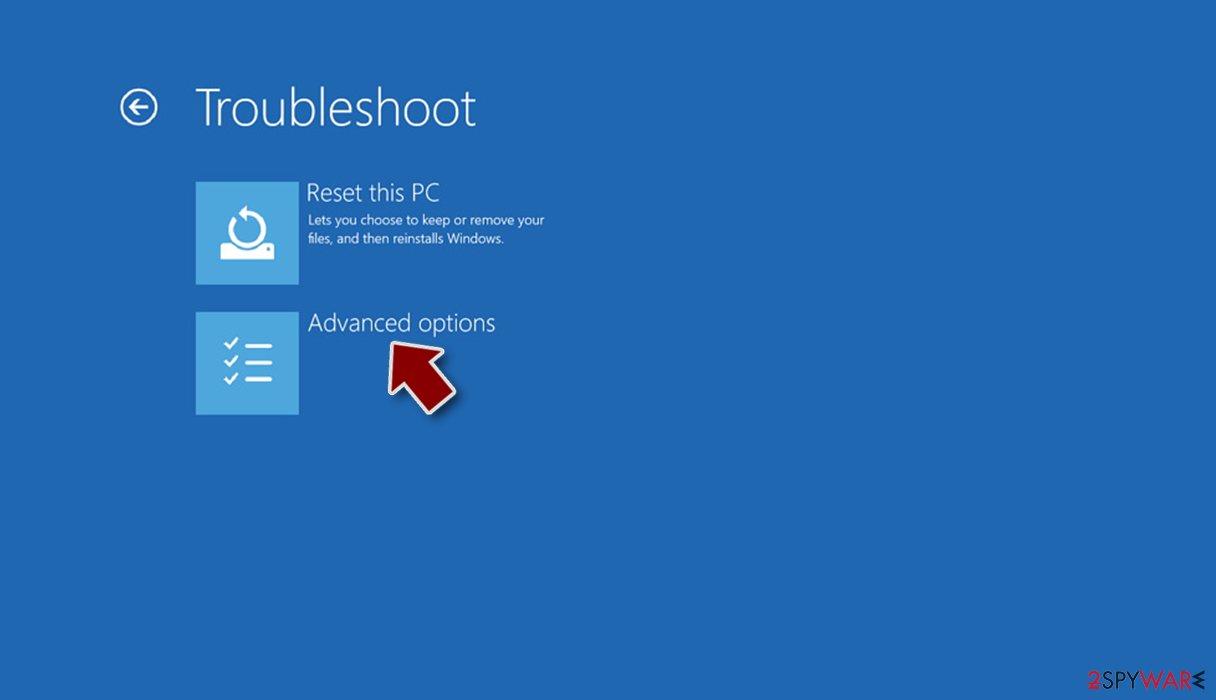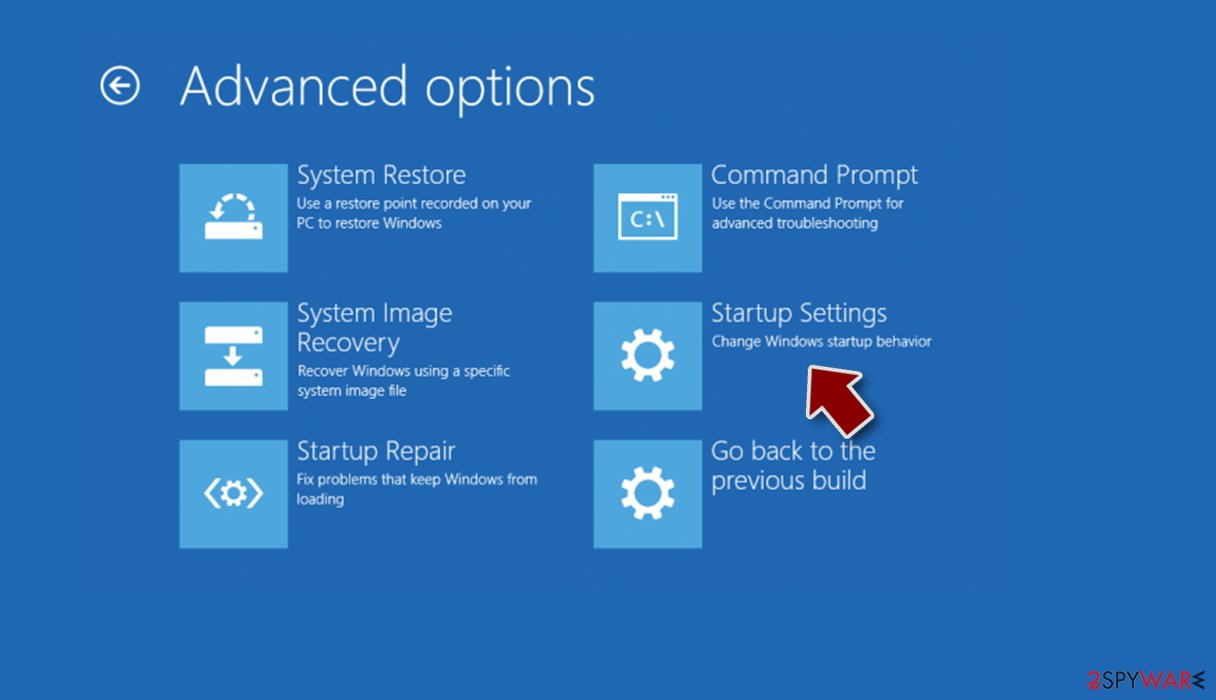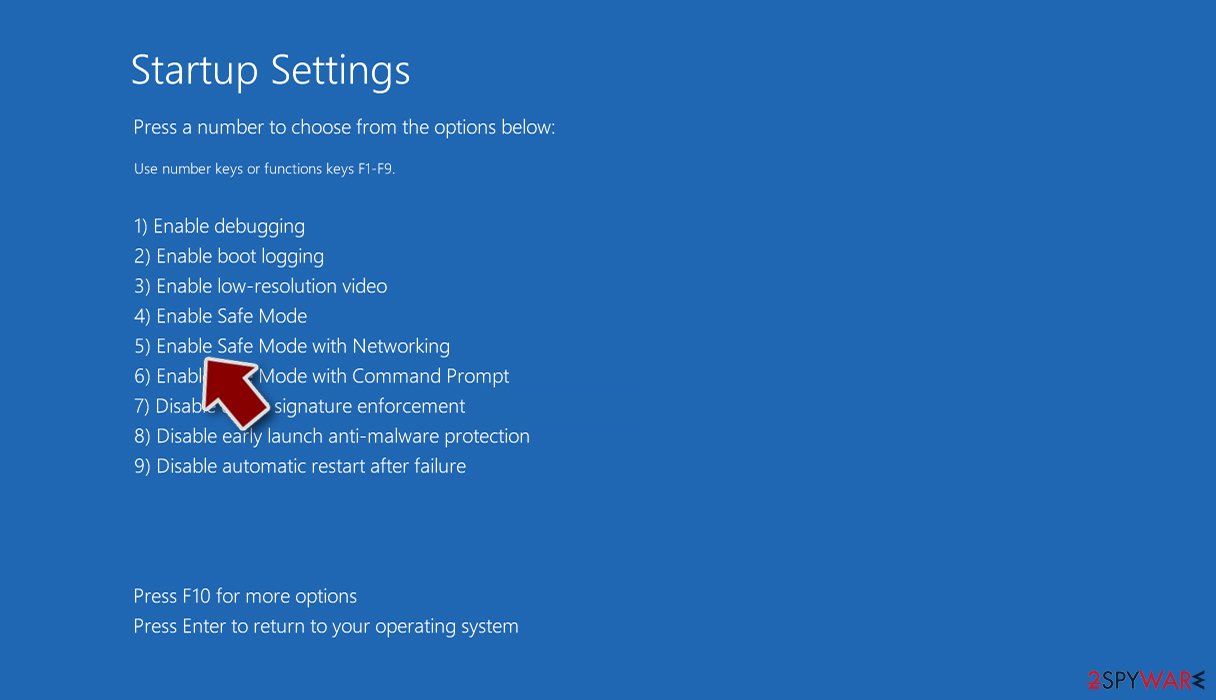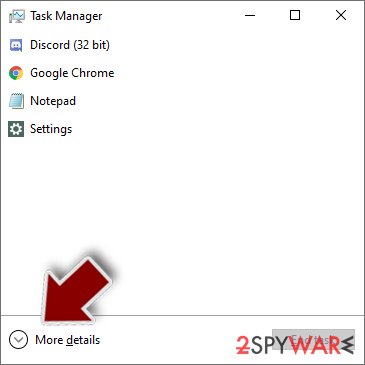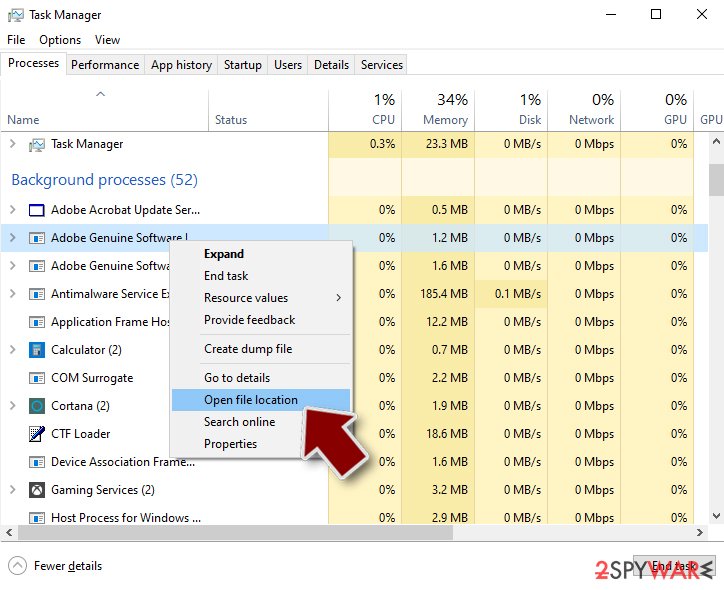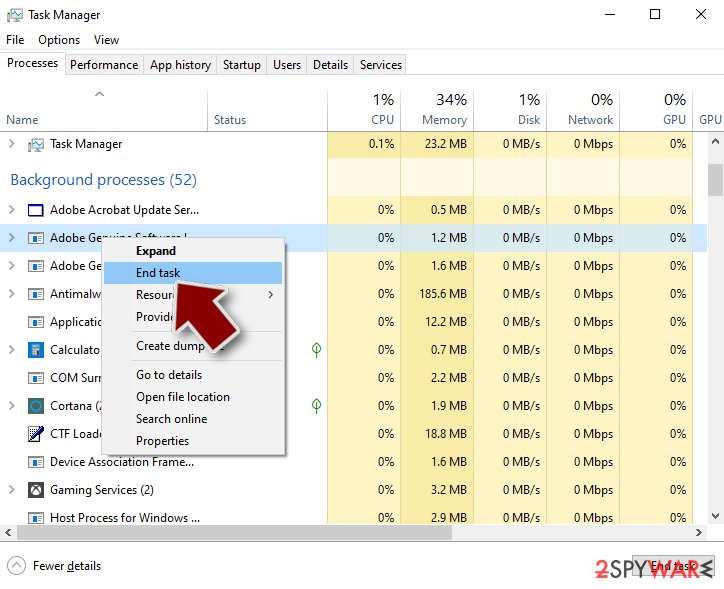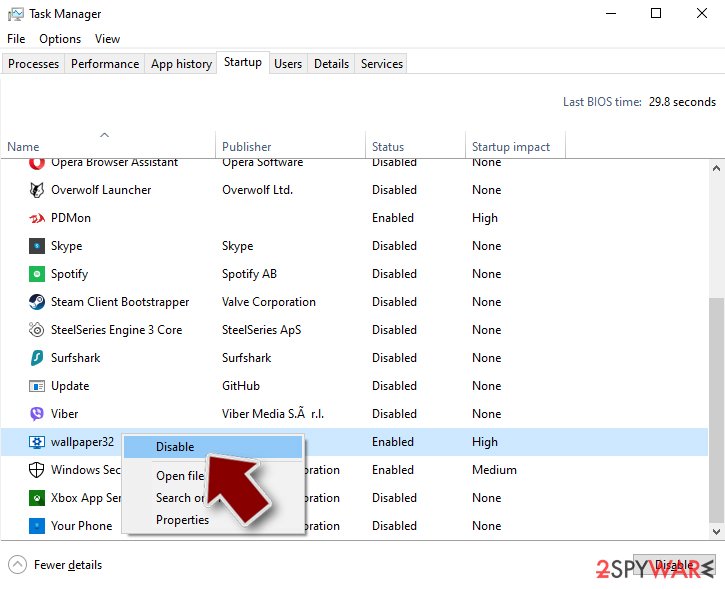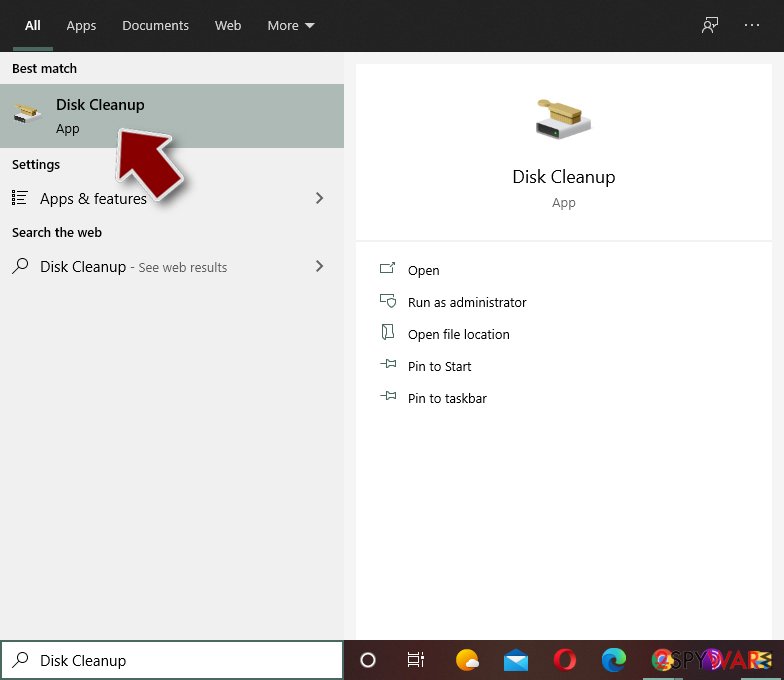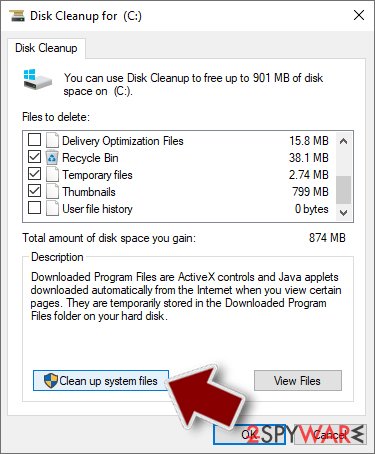Personal Antivirus (Removal Instructions)
Personal Antivirus Removal Guide
What is Personal Antivirus?
Personal Antivirus – a fake anti-malware tool that can get on your device without your knowledge
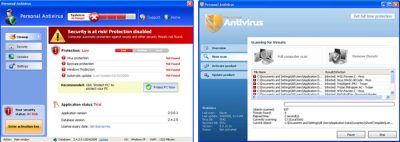
Personal Antivirus is a rogue anti-spyware application advertised as a reliable security tool. The main goal of this program is to scare users of the infected computers and make them buy this useless software. If your computer is infected with this rogue application, don't purchase it! It is a scam. Instead, remove this fake security software from your PC immediately after the first appearance.
The article's culprit is a clone of General Antivirus and Internet Antivirus Pro. Basically, it acts the same as these last-mentioned programs. This scam is promoted through the use of trojans, fake online anti-malware scanners, and bogus advertisements.
Once your computer is infected with a certain trojan that promotes this rogue program, you will be flooded with fake security alerts and pop-ups from the Windows Taskbar. These warnings will state that the system is seriously infected and that you must install Personal Antivirus in order to get rid of them.
| name | Personal Antivirus |
|---|---|
| Type | Fake security tool, rogue antispyware |
| Purpose | Show predetermined scan results, and fake virus infection notifications to trick people into buying the apps paid version |
| Risks | Financial losses, malware infestation |
| Elimination | To remove any unwelcome guest from your device, use a reliable anti-malware program |
| System fix | To undo all damage infections cause to your computer, it's highly recommended to use the FortectIntego PC repair software |
Once active, the rogue antispyware will perform a fake system scan and report various bogus infections. However, the scan is fabricated. The displayed infections are all fake and don't actually exist. The truth is that this program is unable neither to detect nor delete any kind of infections.
To make things worse, the fake antispyware tool will constantly display pop-ups and security warnings very similar to those shown by Windows Security Center. These alerts will state that your computer is infected with trojans, spyware, adware, or other cyber infections.
To add some more, this parasite will show fake security threats and notifications about malicious activities. All this undesirable behavior is done only to trick you into purchasing its licensed version, so please don't fall for these tricks.
What is more, this rogue application will hijack your Internet Explorer browser and redirect you to malicious websites that promote Personal Antivirus or other scareware.
It will modify Windows HOST file and block certain websites in order to protect itself from removal. As you could already understand, this application is harmful and must be deleted as soon as possible. Its removal may be a bit difficult as the rogue tool may block you from launching any security-related programs.
If that's the case, please use the instructions below to reboot your PC in Safe Mode with Networking and download either Malwarebytes or SpyHunter 5Combo Cleaner. Then run a full threat scan. That should remove Personal Antivirus once and for all. Then run system diagnostics with the time-tested FortectIntego system optimizer to undo any damage caused by the fake security tool.
Getting rid of Personal Antivirus. Follow these steps
Manual removal using Safe Mode
Important! →
Manual removal guide might be too complicated for regular computer users. It requires advanced IT knowledge to be performed correctly (if vital system files are removed or damaged, it might result in full Windows compromise), and it also might take hours to complete. Therefore, we highly advise using the automatic method provided above instead.
Step 1. Access Safe Mode with Networking
Manual malware removal should be best performed in the Safe Mode environment.
Windows 7 / Vista / XP
- Click Start > Shutdown > Restart > OK.
- When your computer becomes active, start pressing F8 button (if that does not work, try F2, F12, Del, etc. – it all depends on your motherboard model) multiple times until you see the Advanced Boot Options window.
- Select Safe Mode with Networking from the list.

Windows 10 / Windows 8
- Right-click on Start button and select Settings.

- Scroll down to pick Update & Security.

- On the left side of the window, pick Recovery.
- Now scroll down to find Advanced Startup section.
- Click Restart now.

- Select Troubleshoot.

- Go to Advanced options.

- Select Startup Settings.

- Press Restart.
- Now press 5 or click 5) Enable Safe Mode with Networking.

Step 2. Shut down suspicious processes
Windows Task Manager is a useful tool that shows all the processes running in the background. If malware is running a process, you need to shut it down:
- Press Ctrl + Shift + Esc on your keyboard to open Windows Task Manager.
- Click on More details.

- Scroll down to Background processes section, and look for anything suspicious.
- Right-click and select Open file location.

- Go back to the process, right-click and pick End Task.

- Delete the contents of the malicious folder.
Step 3. Check program Startup
- Press Ctrl + Shift + Esc on your keyboard to open Windows Task Manager.
- Go to Startup tab.
- Right-click on the suspicious program and pick Disable.

Step 4. Delete virus files
Malware-related files can be found in various places within your computer. Here are instructions that could help you find them:
- Type in Disk Cleanup in Windows search and press Enter.

- Select the drive you want to clean (C: is your main drive by default and is likely to be the one that has malicious files in).
- Scroll through the Files to delete list and select the following:
Temporary Internet Files
Downloads
Recycle Bin
Temporary files - Pick Clean up system files.

- You can also look for other malicious files hidden in the following folders (type these entries in Windows Search and press Enter):
%AppData%
%LocalAppData%
%ProgramData%
%WinDir%
After you are finished, reboot the PC in normal mode.
Finally, you should always think about the protection of crypto-ransomwares. In order to protect your computer from Personal Antivirus and other ransomwares, use a reputable anti-spyware, such as FortectIntego, SpyHunter 5Combo Cleaner or Malwarebytes
How to prevent from getting rogue antispyware
Access your website securely from any location
When you work on the domain, site, blog, or different project that requires constant management, content creation, or coding, you may need to connect to the server and content management service more often. The best solution for creating a tighter network could be a dedicated/fixed IP address.
If you make your IP address static and set to your device, you can connect to the CMS from any location and do not create any additional issues for the server or network manager that needs to monitor connections and activities. VPN software providers like Private Internet Access can help you with such settings and offer the option to control the online reputation and manage projects easily from any part of the world.
Recover files after data-affecting malware attacks
While much of the data can be accidentally deleted due to various reasons, malware is one of the main culprits that can cause loss of pictures, documents, videos, and other important files. More serious malware infections lead to significant data loss when your documents, system files, and images get encrypted. In particular, ransomware is is a type of malware that focuses on such functions, so your files become useless without an ability to access them.
Even though there is little to no possibility to recover after file-locking threats, some applications have features for data recovery in the system. In some cases, Data Recovery Pro can also help to recover at least some portion of your data after data-locking virus infection or general cyber infection.
